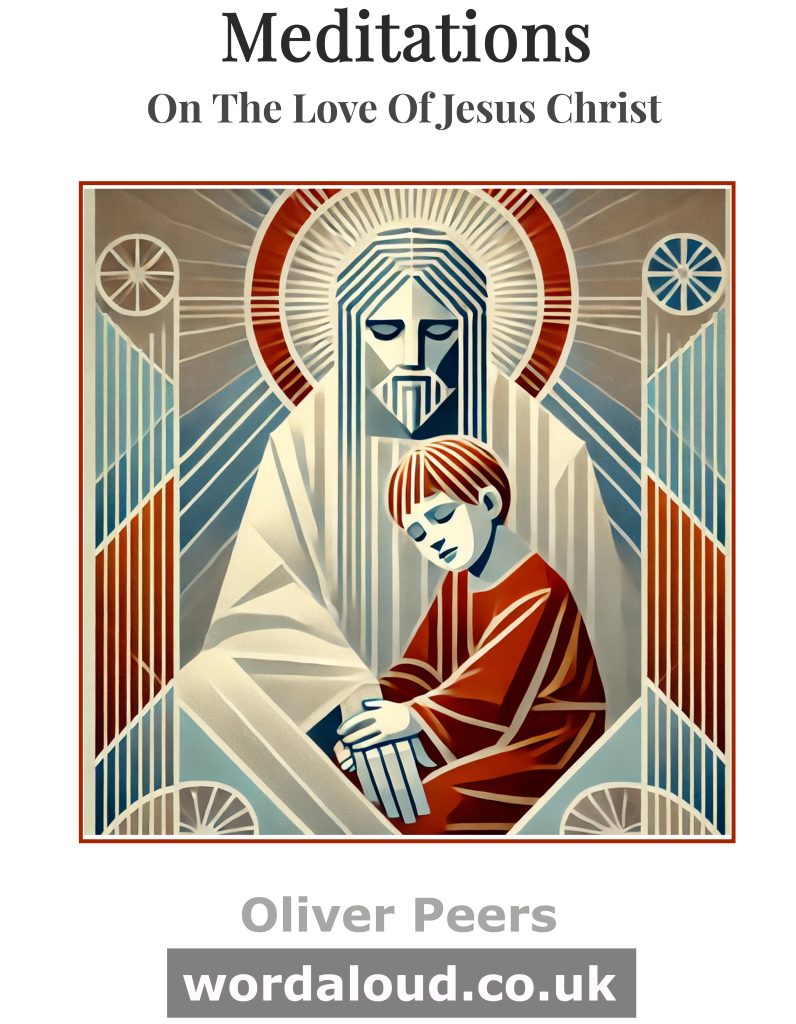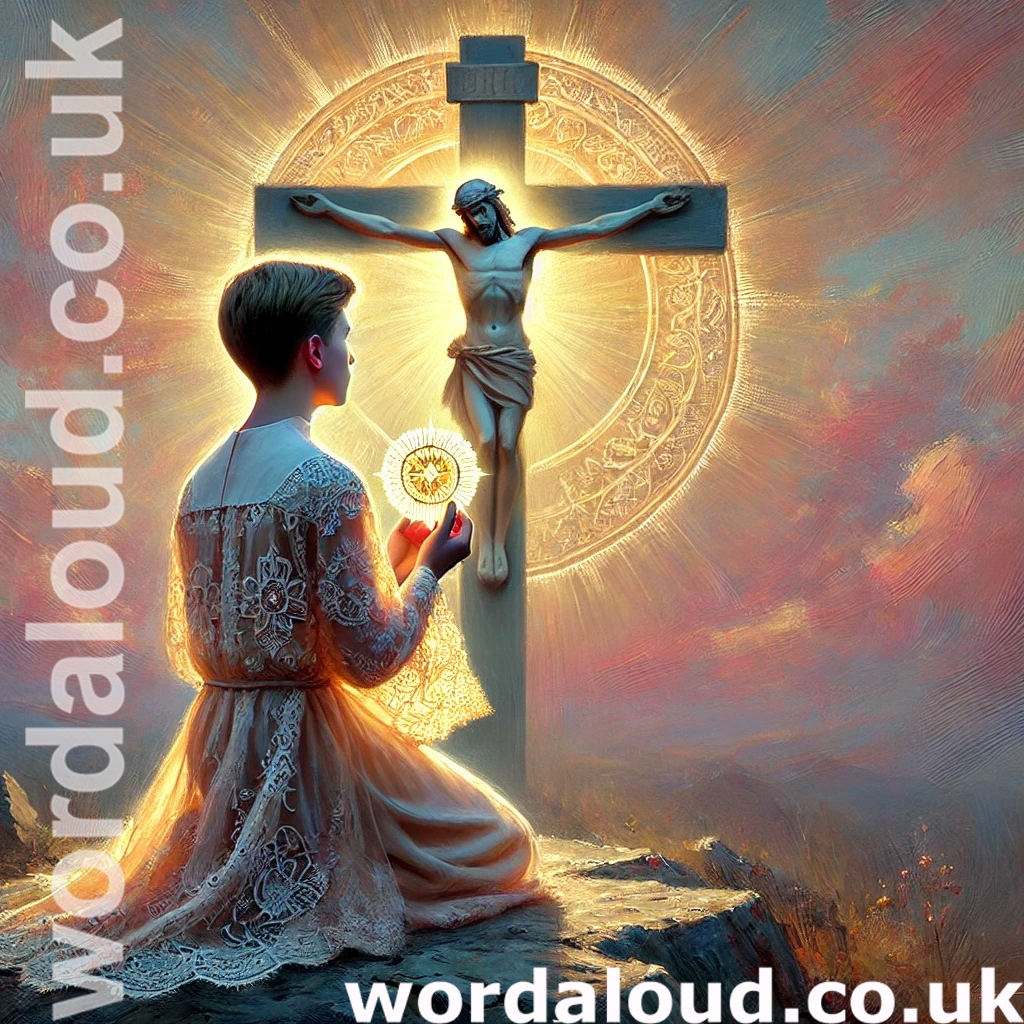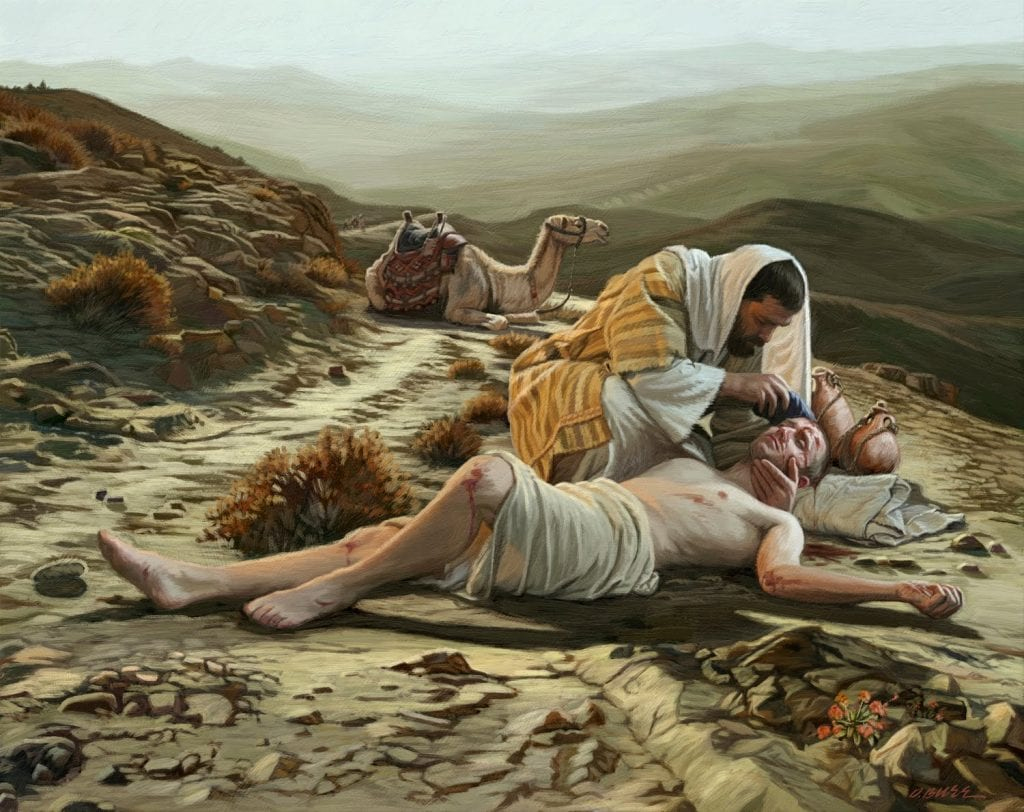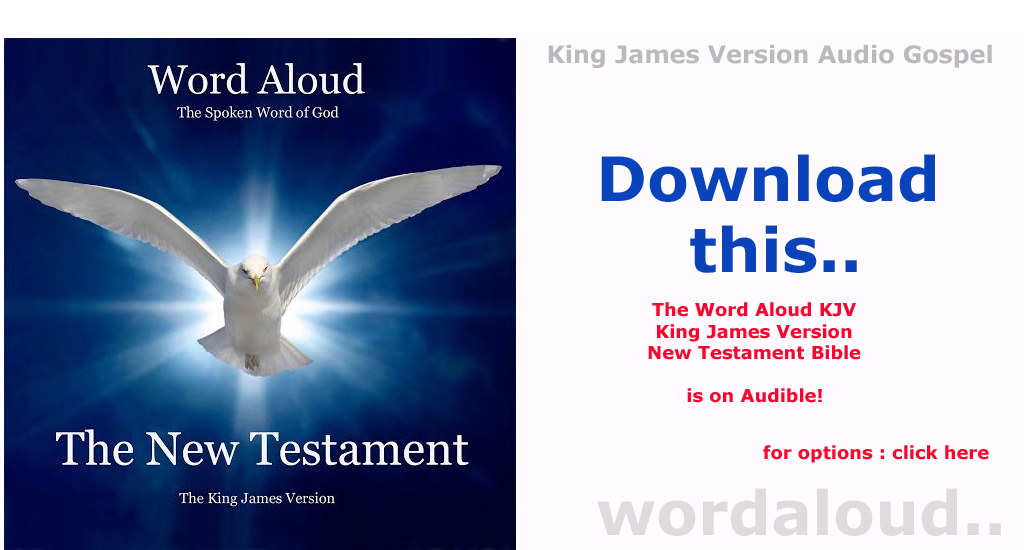Christian Art | George Herbert | The Temple | The Church | Whitsunday
George Herbert | The Temple | The Church | Whitsunday
Listen sweet Dove unto my song,
And spread thy golden wings in me;
Hatching my tender heart so long,
Till it get wing, and flie away with thee.
Where is that fire which once descended
On thy Apostles? thou didst then
Keep open house, richly attended,
Feasting all comers by twelve chosen men.
Such glorious gifts thou didst bestow,
That th’ earth did like a heav’n appeare;
The starres were coming down to know
If they might mend their wages, and serve here.
The sunne, which once did shine alone,
Hung down his head, and wisht for night,
When he beheld twelve sunnes for one
Going about the world, and giving light.
But since those pipes of gold, which brought
That cordiall water to our ground,
Were cut and martyr’d by the fault
Of those, who did themselves through their side wound,
Thou shutt’st the doore, and keep’st within;
Scarce a good joy creeps through the chink:
And if the braves of conqu’ring sinne
Did not excite thee, we should wholly sink.
Lord, though we change, thou art the same;
The same sweet God of love and light:
Restore this day, for thy great name,
Unto his ancient and miraculous right.
![]()

George Herbert | The Temple | The Church | Whitsunday
In this poem, often titled Whitsunday or The Feast of Pentecost, Herbert reflects on the power and presence of the Holy Spirit as he calls for divine inspiration and renewal. The poem begins with a personal appeal, where the poet speaks directly to the ‘sweet Dove’, a metaphor for the Holy Spirit, asking the Spirit to listen and take residence within him. This opening conveys a desire for a profound inner transformation, as Herbert hopes the Spirit will ‘hatch’ his heart, suggesting a period of nurturing and growth that will ultimately enable him to ‘fly away’ spiritually.
Herbert then shifts to recall the biblical event of Pentecost, where the Holy Spirit descended upon the apostles with great power. He portrays this moment as one of divine generosity, where the Holy Spirit held ‘open house, richly attended’, suggesting that grace and gifts were abundantly available to all through the apostles. The Spirit’s gifts transformed the earth to appear almost like heaven itself. This imagery emphasizes both the accessibility of divine power at that time and the profound effect it had on the world, as the poet envisions the stars descending to serve on earth, marvelling at the holiness of the apostles.
The middle stanza continues with cosmic imagery, comparing the apostles to ‘twelve suns’ who brought light to the world. The sun, typically a solitary source of light, is humbled in their presence, ‘hanging down his head’ and ‘wishing for night’. Here, the poet implies that the apostles, empowered by the Spirit, brought an enlightenment that rivalled or even surpassed natural light, symbolizing spiritual guidance and the spread of the Christian faith. This powerful image captures the sense of wonder and reverence for the Spirit-filled apostles, who carried divine light across the world.
Herbert contrasts this past glory with the present state, lamenting that the ‘pipes of gold’, or channels through which divine grace once flowed freely, have been ‘cut and martyred’ by human error. The phrase ‘cut and martyred’ reflects both the literal martyrdom of the apostles and the spiritual loss that has resulted from human failings. Because of these wounds, the Spirit’s flow is now limited, and only a faint ‘joy creeps through the chink’, implying that divine grace reaches humanity in a diminished way. This lack of spiritual abundance leads to the threat of sinking under the weight of sin, a state that the poet fears will continue unless the Spirit intervenes.
In the concluding stanza, Herbert expresses hope, acknowledging that, while humanity is subject to change and failure, God remains ‘the same sweet God of love and light’. This constancy provides reassurance, and the poet ends with a prayer for restoration: he asks that God ‘restore this day… unto his ancient and miraculous right’, desiring a return to the powerful presence of the Spirit as in the time of the apostles. This closing appeal not only highlights the poet’s longing for a revival of spiritual grace but also expresses trust in the unchanging nature of God’s love and the possibility of divine renewal in a changing world. Through this poem, Herbert meditates on both the power of the Holy Spirit and the human need for divine presence, linking past events with the poet’s contemporary spiritual aspirations.







